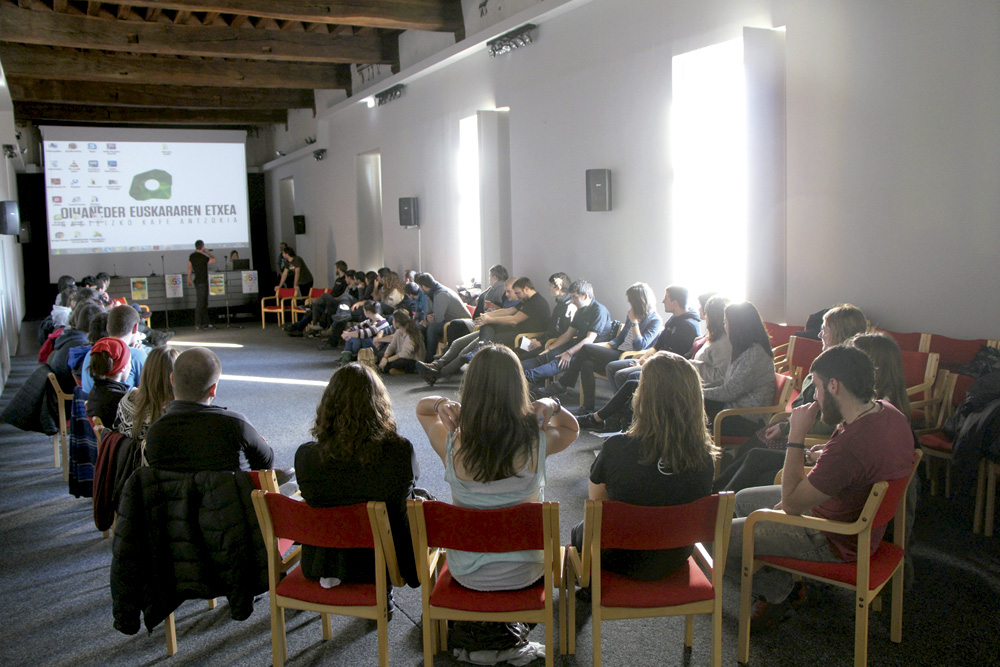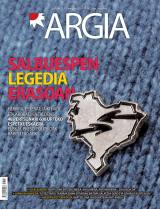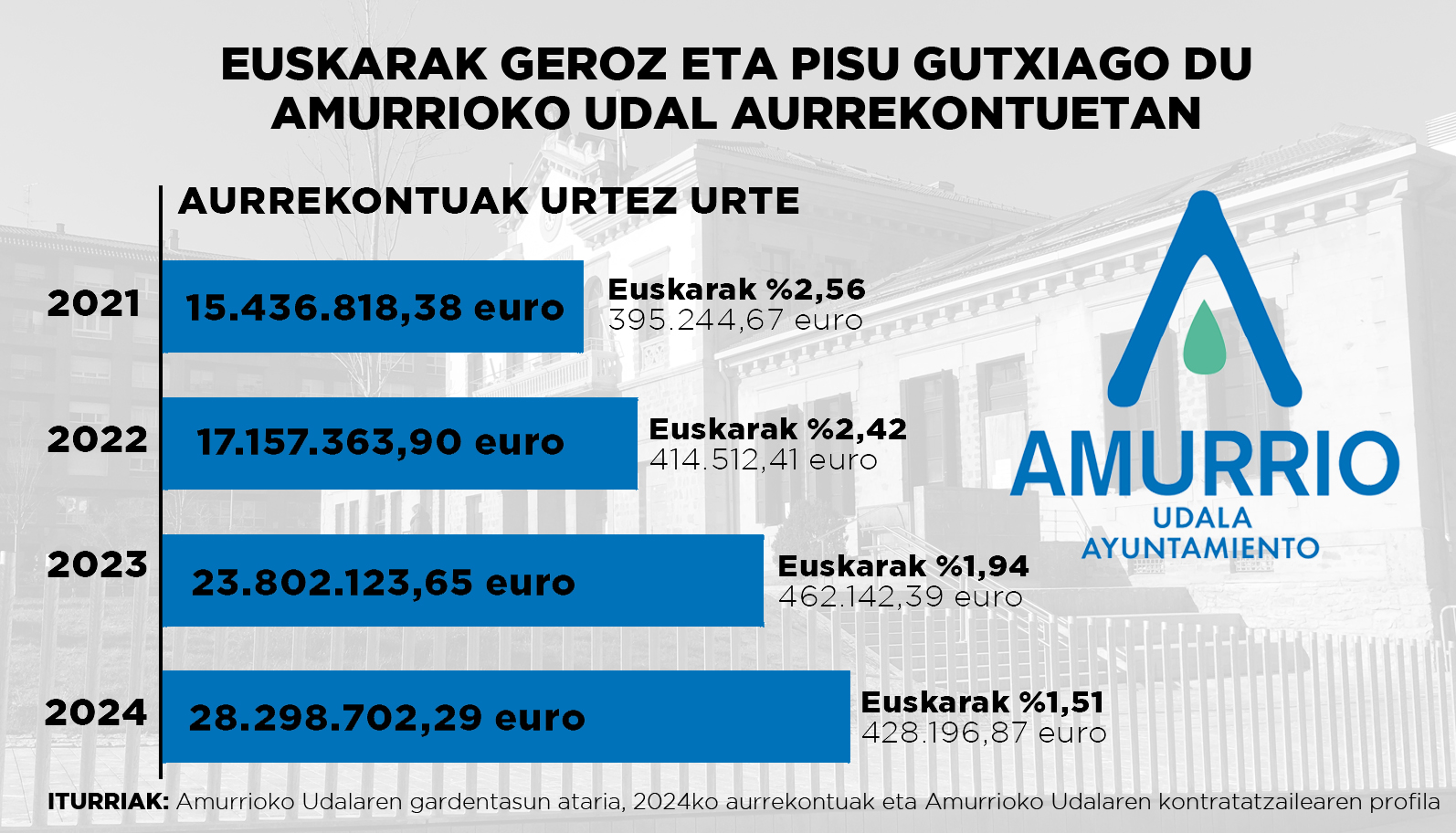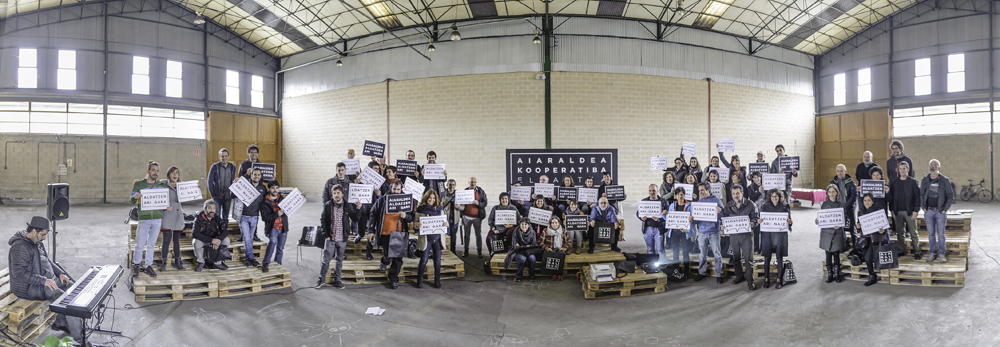The second meetings will be held this year.
- Not even a year of room for the second meetings to be held in Bilbao. The first took place on 28 January 2017 and the second will take place on 18 November 2017.No is a bad sign. In addition, Haizea Alonso Aberasturi and Jon Insausti Bizkarra also repeat. In the January meetings they had a very good time and now they will approach Vitoria-Gasteiz with a lot of enthusiasm and curiosity.

Young Basque Alaveses will meet in Vitoria-Gasteiz. Nothing younger than Haizea Alonso to the encounters that will barely appear. He is 16 years old, has just begun the cooking course in Vocational Training in Vitoria-Gasteiz and is from the village of Urizaharra in Mendialdea. The Mountain region has 3,000 inhabitants, Kanpezu is its main town (about 1,200 inhabitants) and in Urizaharra there are about 300 inhabitants.
Unai Viana, coordinator of Mintzalagun in Gorbeialdea, went to the meetings in January, encouraged him and Alonso left. He regrets that in the morning he did not come and because he knows that in the first part of the day the young people from all over Álava counted their experiences around the Basque country. That evening liked it a lot and now it goes for the whole day. Alonso's goal is not only to have a good time, but also to encourage young people in the area to attend meetings, as he wants to promote Euskera in leisure time. He believes that encounters can be the hook of bringing people closer together.
The Basque Country has received it both from home and from the ikastola.Mi father knows Basque, my mother does not. Aunts speak in Basque. Another thing is what they do in Euskera on a daily basis, according to Alonso, less than they want. He says that in Urizaharra you hear very little Basque for almost all the year, but that in summer the atmosphere changes, that you hear more Basque. Alonso speaks little in Basque with his friends of the people and of the surrounding peoples, although he knows that many of them know Basque. On the contrary, in Vitoria-Gasteiz a lot more, in most cases he speaks Basque. She has studied in Vitoria-Gasteiz, in Euskera, and now she is also studying in Vitoria-Gasteiz. We could say it's your second home. He has many friends in the Alavesa capital, the ikastola and elsewhere. We ask him why there is so much difference between the environment of his people and that of the capital and he says: “I’ve noticed, in Vitoria, Euskera is being used more and more among young people, at least in my environment, but I don’t know why it is so.”
We asked him with what intention he was going to the meetings and told us that he would like to go to a lot of people, that he wants to have a good time, that he wants to use the Basque language, and that, of course, he would like to organise the third meeting. But it's not a meeting goal. When we go home to Urizahar, I would like to hear some words from the young people: “Why don’t we do it?” And once the village is over, he would like to start working among the crews of Álava.
The young people of Argantzun will approach the Basque in the weakened partnership
Jon Insausti Bizkarra is from La Puebla de Arganzón (Cantabria). Arganzón is a Spanish municipality in the province of Burgos. It is located in the enclave of Treviño and the other municipality in the enclave of Treviño is Treviño. In La Puebla de Arganzón live about 500 inhabitants.

Insausti, 20, was invited in January by Unai Viana and with two friends from Treviño. He liked it a lot, he says it was very nice and remembers that he met more people than he thought (about 60). He believes that listening to the experiences of the crews was enriching and he found that there were no great differences between them. It will also be in the second meetings, but not as in January. In this second he has participated in the organizational working group, as well as Haizea Alonso de Urizaharra. A number of meetings have been held to organise the meetings.
The January encounters did a wedding job among some young people. In La Puebla de Arganzón there is an Basque association called Gutxisolo, but the members of the association are aging and are about to retire. Once the stake is turned on in the meetings, some young people decide to make a turn and start to meet. The oldest of them is 24 years old and is in unknown whereabouts. One of the closest colleagues to Insausti is Saseta and the other is Saratsu, that is, Trebiño.
In La Puebla de Arganzón it is said that there is Euskaldunes, but many young people have learned Spanish and do not know Euskera in Miranda de Ebro, where they have been educated. In their opinion, the people around the Gutxisolo association and some of those around 40 are the ones who speak the most Basque: “Although they are Euskaldunberris, or perhaps for that reason, because they have worked to work for the Basque country, they use it more. Among young people, little.”
Insausti speaks at home in Basque with his parents and brother. All the studies have been carried out in Vitoria-Gasteiz, as the ikastola of La Puebla de Arganzón belongs to the time when it was not. He has studied in Basque. Like Haizea Alonso, no great differences have been found between La Puebla de Arganzón and Vitoria-Gasteiz. In both cases he tries to speak in Basque, another thing is to know how many times he manages to do it. In individual relationships it does much more in Basque and in Spanish.
He's looking forward to meetings, but he knows that that day is limited. In the preparations for the young people of the Alavese gangs, they have come up with a lot of ideas and Insausti seems to be going to have the task of finishing the meetings.
Note: In this article we can read the evaluation made by Unai Viana to ARGIA after the first meetings.
“Izaskun Arrueren urratsen atzetik” liburua idatzi du Miel Anjel Elustondok. Azken hamarkadetan Gasteizen eta Araban euskararen bilakaera eta Ikastolen sorrera nolakoa izan zen aztertu du. Izaskun Arrue Arabako Ikastoletako “lehen andereñoa” izan... [+]
Mendialdean euskarararen zabalpena aztertu du Joseba Abaitua linguistikako doktoreak; muga oso garbia aurkitu du, euskararen eta erromantzearen artean.





















